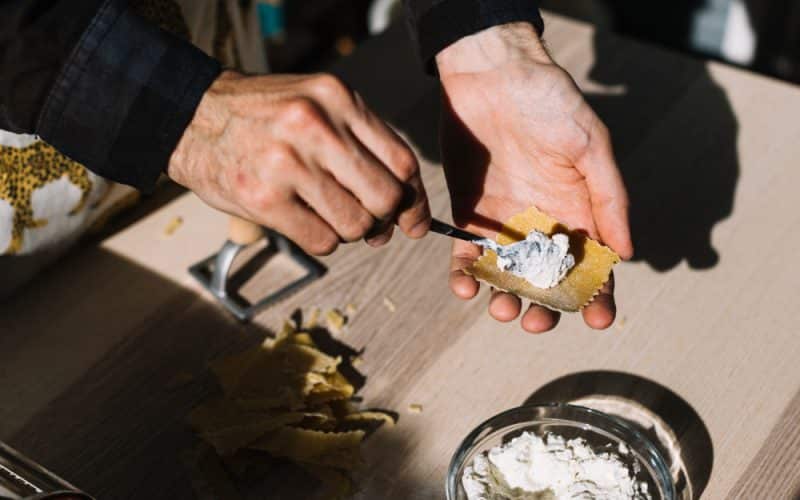Testing the purity of your gold before selling is very essential. It ensures that you can determine whether the piece of metal you have gets a better deal of price. This can save you from financial loss and help you get the best value when selling.
So, is your gold the real deal? How can you determine whether it’s pure or not? Here, we’ll break down both professional and DIY means you can use.
Use electronic gold testers
These tools measure the gold content levels of your metal. They use electrical conductivity variations. What’s more, they will give you results on the spot. So, some of the common testers that you can find are:
- XRF-based units
- Anodic Polarization techniques
Use X-ray fluorescence
To test gold with this method, fire X-rays at the material you wish to test. This process will make atoms of your item produce x-rays of various wavelengths. The wavelengths can tell you the metallic components that are in your object. Therefore, you will be able to determine whether it is gold, or copper, which is useful information if you decide to sell gold or assess its purity.
Use fire assay
This method is traditionally used to certify gold in jewelry. In addition, gold mines use it to determine the quality of ore. To use fire, do the following:
- Take a small amount of the object you want to test
- Mix it using different chemicals
- Melt it down in a crucible/furnace
This method will remove everything except the gold in your object.
Conduct a magnet test
Gold is generally non-magnetic. This makes it easy to test with a simple thing, such as a magnet. So, before you sell gold jewelry, you can place a magnet beneath it. Pure gold will not be attractive at all. On the other hand, other magnetic metals will be attracted!! Therefore, this basic test depends on the magnetic strength of your object.
Use your eyes
A 10X magnification object can show the consistency and textures of your item. All these determine purity levels. Pure gold will reveal an identical color with no demarcations/lines. On the other hand, plated material will show different colors and underlying materials.
If you want better results, consider prong scratches. This will help you evaluate your object closely!
Carry out an acid test
For this technique, you need to apply a few drops of diluted hydrochloric/nitric acid. Then, wait and watch for the results. Solid gold will not react to this. Also, it will not change color—because it’s acid-resistant.
*Note that lower-purity gold may do the following;
- Discolor
- Darken
- Fizz
All these will indicate that there are other base metals in your object. Plated items will dissolve within 30 sec. This is because the protective plating will separate from the cheaper fill below.
Use a float test
Pure gold will float on sodium chloride solutions. So, you can place the item you desire to test in a 20% saltwater solution. If it floats—it is gold!! On the other hand, if it sinks—it’s fake!
*Note that this testing method depends on your solution’s densities.
If you are selling gold, it’s vital to test it. This will help to ensure that you do not undervalue your object. So, use the above methods to identify fakes and determine the fineness levels of your object.






